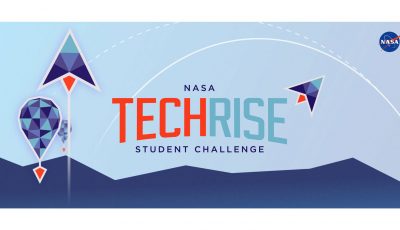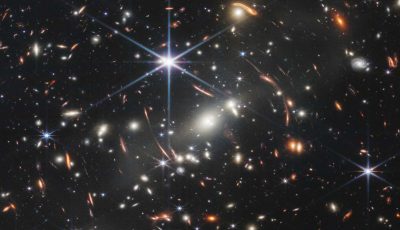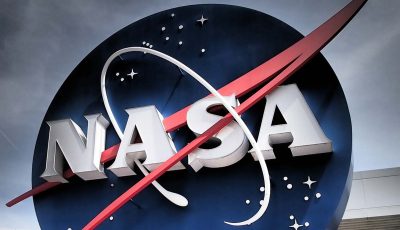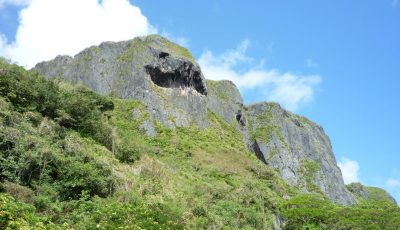The great beyond
Before I look to the future, namely, 2018, I’ll mention a couple of items from the past. As for the recent past, they’ve fired up a new array of radio telescopes in South Africa and they focused on an area of space known to contain 70 galaxies. In that same slice of space the new radio telescope array tallied 1,300 galaxies. Egads, there’s a lot of stuff out there just waiting to be discovered.
This gig reminds me of standing at the railing at Saipan’s promontory, Suicide Cliff, gazing at the distant horizon and imagining what’s out there. Of course, if you want really get serious about things you can consult a map, but you can still get a sense of wonder standing at that rail. As for the bigger context, our universe, the maps are still being written. And on that note they’re going to need a lot of ink and paper, given that the observable universe is about 93 billion light-years across.
“Observable,” however, doesn’t mean “observed.” One goal of astronomers is to push the latter closer to the former.
And this brings us to a big project that’s in the works, something that we’ll be hearing a lot about in the coming years. The project is the James Webb Space Telescope. It’s due for launch in October 2018. Space geeks are already fastening their seat belts because astronomy will surely be zooming into a new realm of discoveries. The Web already has a number of sites devoted to the JWST.
The JWST is a successor to the Hubble telescope. The Hubble has been around for so long that the younger set might feel like it’s always been there. But the handful of astronomy courses I took were all well before the Hubble, so to me it remains a technological miracle. Furthermore, as sort of a stage-setter for the JWST, the Hubble deserves a retrospective glance here, so we’ll take a look.
The Hubble was launched in 1990 and has been fueling science headlines, including really cool photos, ever since. The first stories, however, were more trouble than triumph. Hubble, as it turns out, was launched with a glaring defect. Its main optical component, an 8-foot diameter mirror, had been manufactured wrong. This was a big story at the time. It was top-of-the-hour radio news stuff, it was talk-around-the-office-water-cooler stuff. Why the mirror error wasn’t discovered on earth, and not after launch, is something I’ve never understood.
Anyway, as incredible as the botched mirror was, the solution was even more incredible. In a series of missions, astronauts were flown up to the orbiting telescope and they installed a kit that that corrected the wayward optics. So this drama has a happy ending.
As for the JWST, I’m sure the launch and deployment are going to be a real nail-biter for the scientists, since it’s such an audacious piece of engineering.
For one thing, if something goes wrong, there won’t be astronauts zooming up to fix things. Unlike the Hubble, the JWST isn’t going to remain in a cozy orbit around earth. It will, instead, be rocketed out 930,000 miles, where, exiled to the middle of nowhere, its sensitive instruments won’t be messed up by any interference from earth.
For another thing, the JWST’s main mirror isn’t just one object, but is, instead, a set of 18 mirrors. These mirrors will be stacked up so they’ll fit in the launch capsule, and then they’ll fan out and deploy in space, arraying themselves into one giant, overall mirror.
If you’re wondering what’s up with all this mirror talk, we can reflect on that. A telescope uses a mirror to collect light just as a funnel uses its mouth to catch water. If you want to catch more water in a funnel, you get a funnel with a bigger mouth. If you want to catch more light in a telescope, you get a scope with a bigger mirror.
So, let’s talk size here. According to NASA, the JWST’s mirror will have 269 square feet of surface area. As for Hubble, it’s mirror covers 49 square feet. So you can see how much bigger the JWST is.
With muscle like that, the JWST might be able to see some of the first galaxies, thus giving scientists a look at the infant days of the universe.
Anyway, that’s an introduction to a story that is on the horizon. Whether we’re looking at the Pacific or contemplating the heavens, having a sense of wonder is, indeed, wonderful.



























